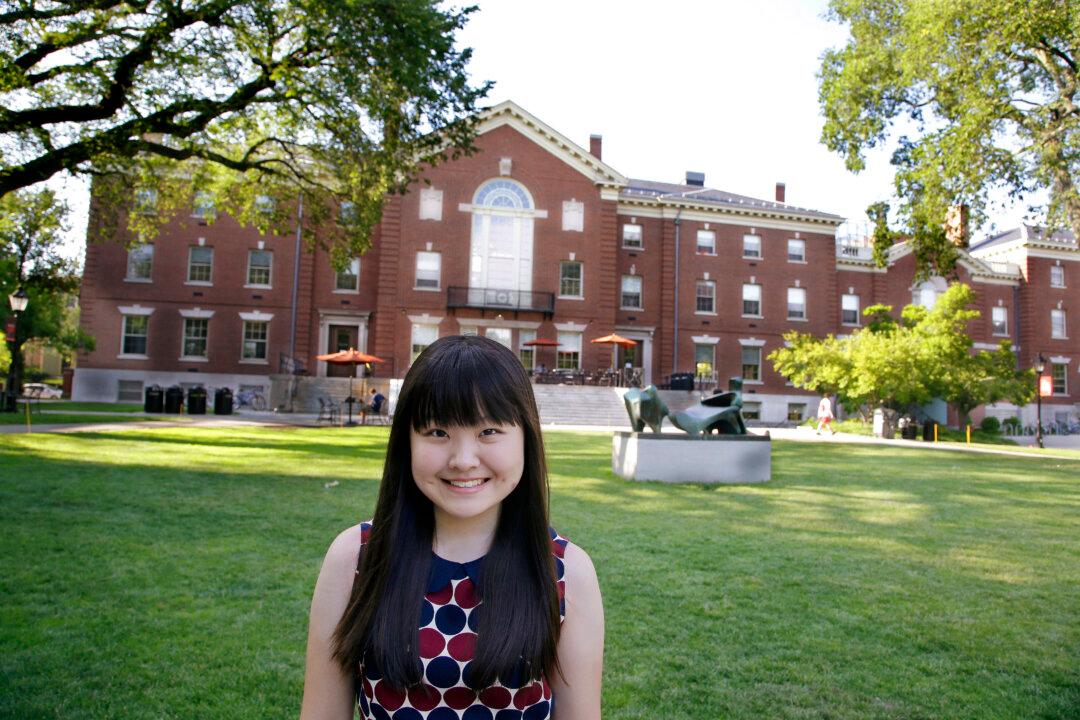NEW YORK—While officials focused on modest gains on this year’s state school tests, released Thursday, a closer look at city results reveal a widening gap between white students and students of color.
For the second year the tests, taken in May by students in grades 3–8, were aligned with Common Core, a set of learning standards promising better preparation for college. Last year, the change in tests led to about a 30- percentage-point drop in scores. Passing the test, that is scoring “proficient,” means the student is on the right track to being prepared for freshman community college courses after finishing high school, Common Core creators say.
Less than 30 percent of city students were able to pass the math test last year and just over 26 percent passed the English one. This year the pass rate rose to over 34 percent in Math and over 28 percent in English.
“For anyone who thinks this is a small gain, it may seem small in numbers, but if you knew what it took to get these gains, it’s actually much higher than you would think,” Schools Chancellor Carmen Fariña said Thursday during an unrelated press conference. “It’s not as high as I would like,” she noted.
Though the city lags a few percentage points behind the state average, it was able to narrow the gap in English, where the state average increased by 0.1 percent from last year.


Racial Gap
The same cannot be said about closing the racial gap. Only 18.1 percent of Black and 18.3 percent of Hispanic students was able to score proficiently this year. An increase from 16.3 and 16.6 percent last year, but miles apart from white students, whose passing rate rose from 46.8 to 49.4 percent.
The growing chasm, dubbed “achievement gap,” should be called “opportunity gap” instead, said Jane Maisel, adjunct professor at the City College School of Education. Students of color, often living in low-income communities, “have a much heavier load to carry,” she said.
The gap grew even larger for students just learning English and students with disabilities. While their scores improved slightly, the gain was just 0.2 and 1 percent on the English test. Less then 4 percent of English learners and less than 7 percent of special needs students passed this year.
During a Thursday conference call, State Education Commissioner John King Jr. said the state is asking the federal government, which mandates the tests, to allow students with disabilities to be tested on their learning level, instead of grade level, so the scores would be more telling of what the students have learned.
Another request is that the English learners get more time before given the test. Now they have to take the test if they have been in the school system for at least a year.
Until last year, the tests determined whether a child would progress to the next grade. This year legislators amended the law so the tests can no longer be the only or even a primary factor in grade promotion.
The tests also matter for teachers. If their students’ scores don’t rise enough two years in a row, the teachers can be fired. Due to a last minute legislation deal in Albany, teachers won’t face any negative consequences this year and next year due to state test scores.
“Every parent knows their child’s education is about more than any one test,” Mayor Bill de Blasio commented on the scores in a press release. “What these latest results show us is that we’re making progress and we have a lot of work ahead of us.”




